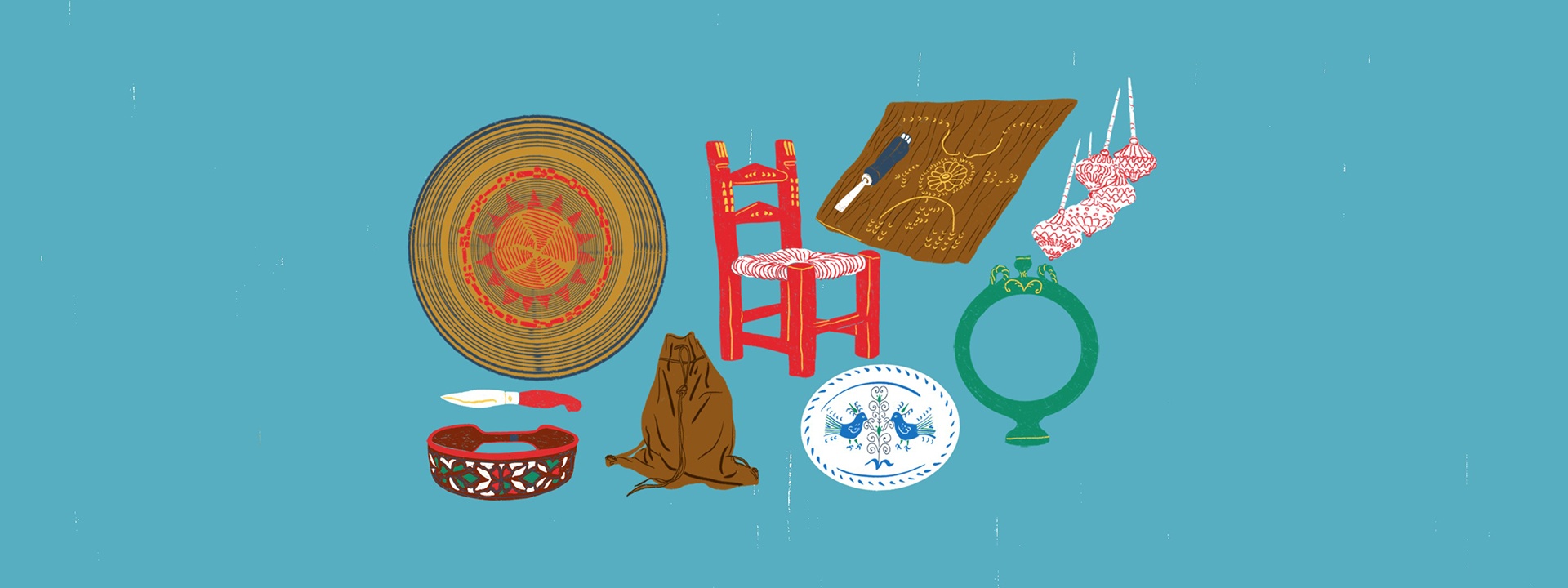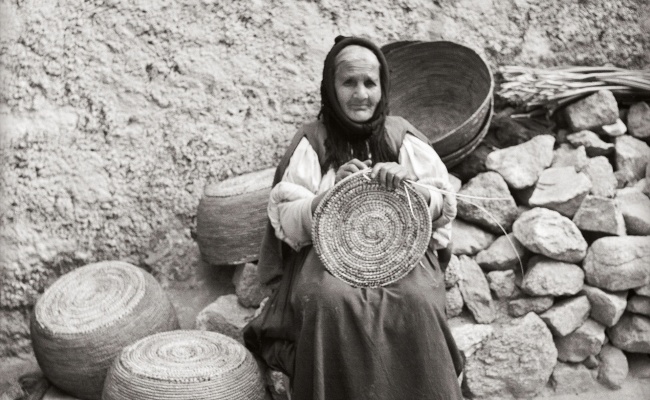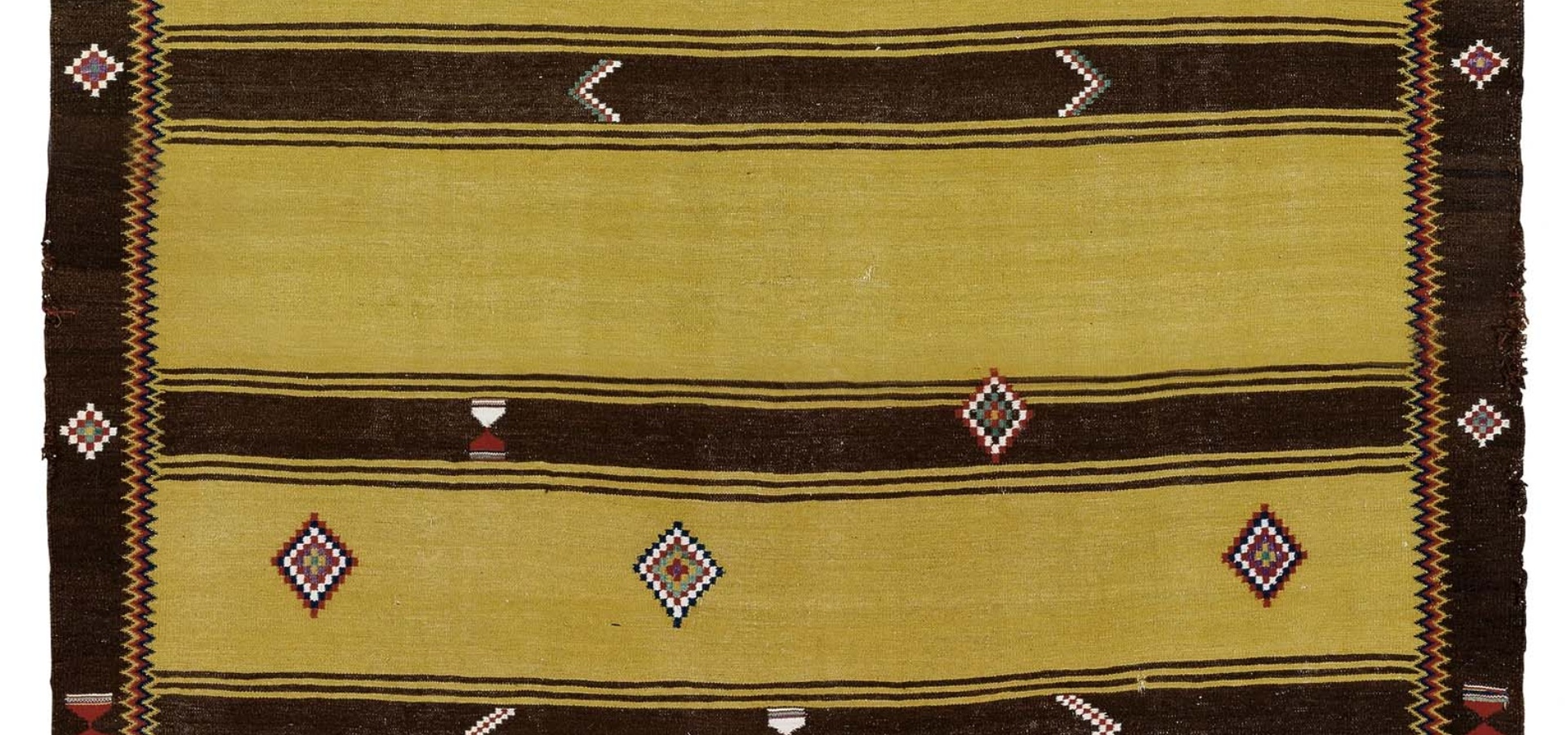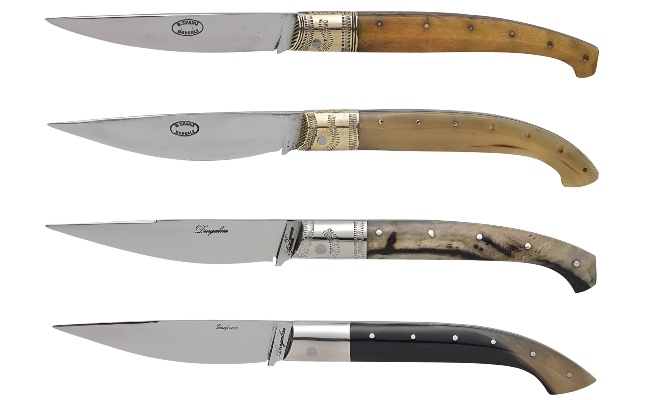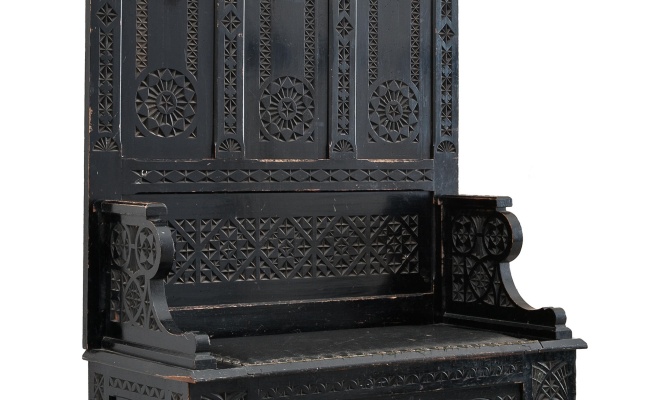The Nuorese boasts a unique, distinctive craft tradition that reflects the history, culture and identity of its populace.
Craft
Description
One fundamental feature noted by scholars is the repeated use of the same decorative motifs, almost as if to emphasise the original symbols, a shared alphabet that seems to allude to a native heritage, which is particularly persistent in craft.
Jewellery, pottery, fabric, metal, wood and much more is often decorated with geometric motifs.
In the past, these objects were mainly made for the local market, adapted to a simple, traditional lifestyle that became obsolete in European modernity.
After the Unification of Italy, the Nuorese, and more generally all of Sardinia, was faced with a process of cultural standardisation that it managed to resist until the 1950s, then gradually adapting itself to the internationalisation that marked the transition to the third millennium.
 Nuorese Cultural District
Nuorese Cultural District